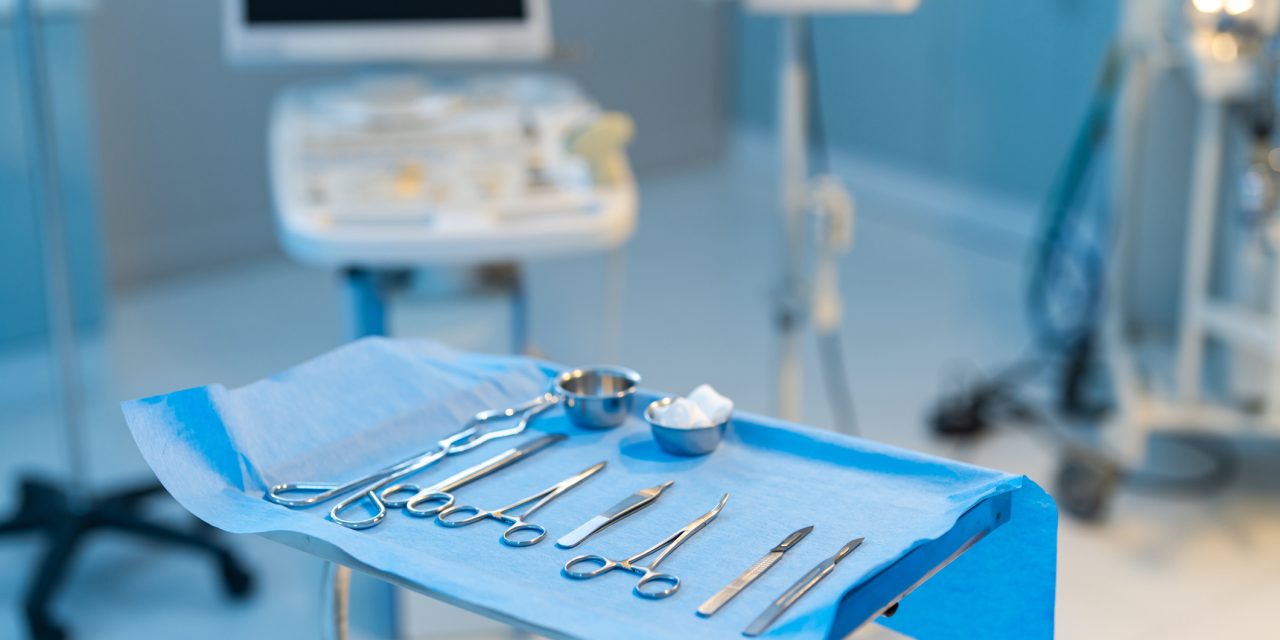Physiologic reserve is an important prognostic indicator. Due to its complexity, no single test can measure an individual’s physiologic reserve. Frailty is the phenotypic expression of decreased reserve and portends poor prognosis. Both subjective and objective tools have been used to measure one or more components of physiologic reserve. Most of these tools appear to predict pre-transplant mortality, but only some predict post-transplant survival.
Incorporation of these measures of physiologic reserve in the clinical and research settings including prediction models will be reviewed and the applicability to patient related outcomes discussed.
Commonly used tools, in patients with cirrhosis, that have been associated with clinical outcomes were reviewed.
The strength of subjective tools lies in low cost, wide availability and quick assessments at bedside. A disadvantage of these tools is the manipulative capacity, restricting their value in allocation processes. The strength of objective tests lies in objective measurements and the ability to measure change. The disadvantages include complexity, increased cost, and limited accessibility.
Heterogeneity in definitions and tools used has prevented further advancement or a clear role in transplant assessment. Consistent use of objective tools including six-minute walk test, gait speed, liver frailty index or short physical performance battery are recommended in clinical and research settings.
This article is protected by copyright. All rights reserved.
Physiologic Reserve Assessment and Application in Clinical and Research Settings in Liver Transplantation.


